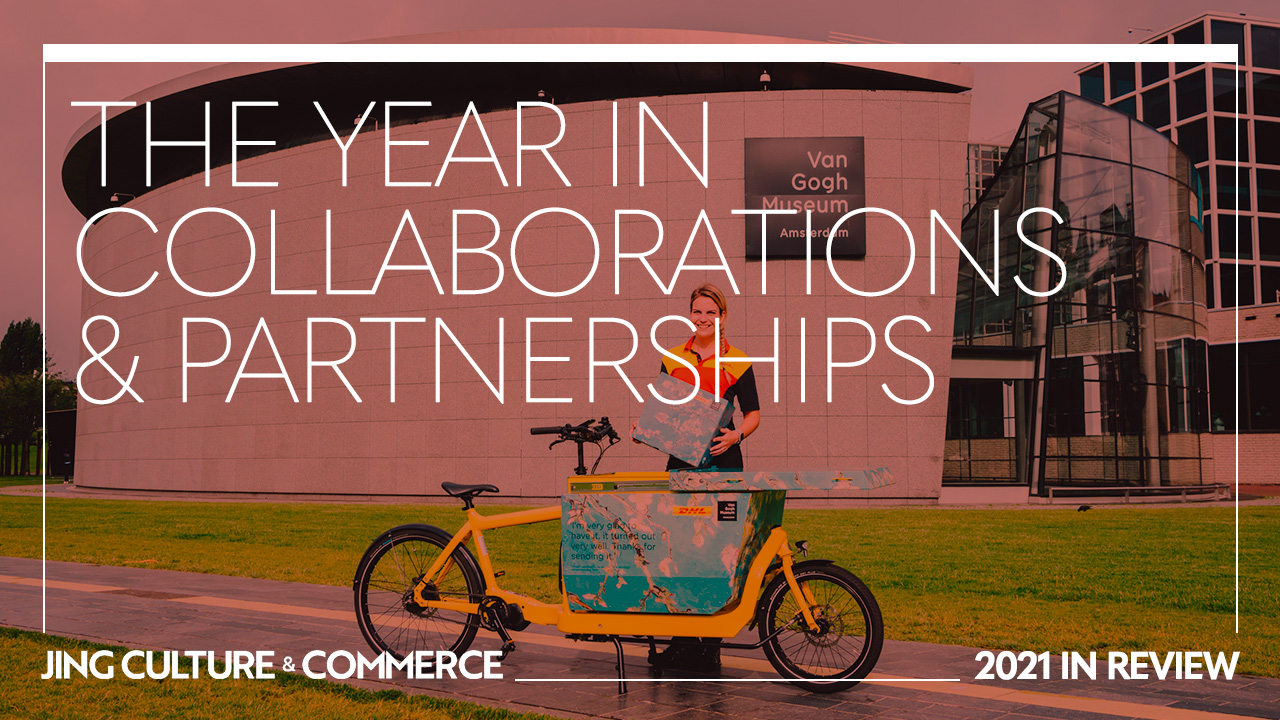Jing Culture & Commerce’s Year in Review series revisits how the museum and cultural sectors innovated in 2021 through digital activations, tech-centered projects, and collaborative outings, while spotlighting the key trends that fueled these transformations. Find more of our year-end coverage here.
Never mind a post-pandemic climate of uncertainty — 2021 offered one sure thing: collaborations continued to be forged across the cultural sphere. Throughout the year, we’ve seen how museums sought partners in technology companies, luxury brands, licensing agencies, and fellow institutions in their bid to reach beyond the sector. With these team-ups, they’ve found ways to expand their footprints, engage with new audiences, and ultimately, inject fresh perspectives into their offerings.
Take it from the Louvre Abu Dhabi — itself the result of a partnership between UAE and France — whose Curatorial and Collections Managing Director, Dr. Souraya Noujaim, noted on the occasion of the museum’s partnership with Richard Mille: “Collaboration usually brings about innovation, resulting in better ideas. It results in more impactful outcomes which benefit the cultural and creative sector and its development.”
Here, Jing Culture & Commerce looks back over our coverage of 2021’s key partnerships and how they helped participating cultural institutions build on their missions.
Outreach beyond borders
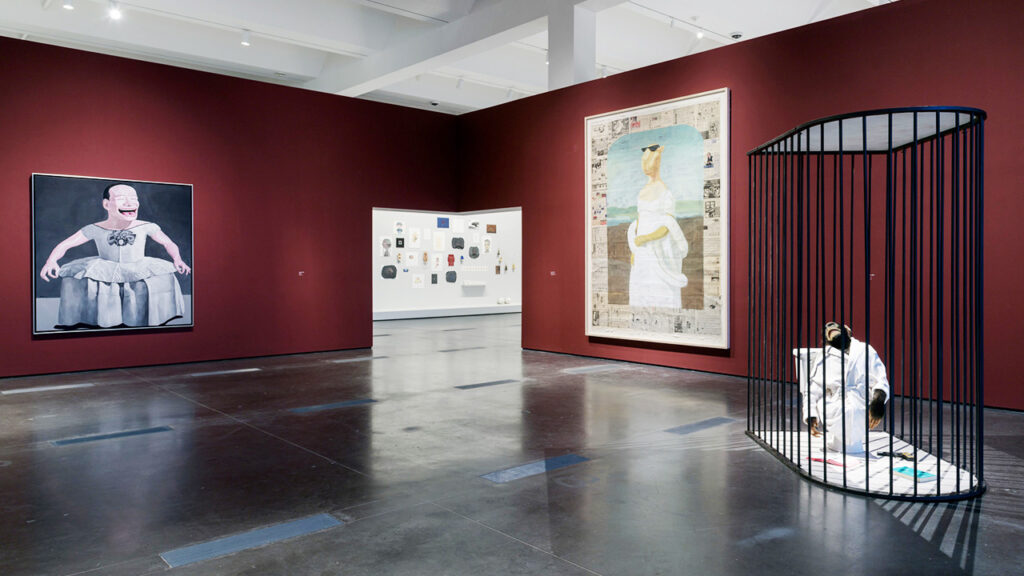
Installation view of Legacies of Exchange: Chinese Contemporary Art from the Yuz Foundation at LACMA. Image: LACMA
Early in the year, for museums in the West hoping to stay connected with Chinese audiences amid lockdowns, Alibaba’s digital travel platform Fliggy offered a savvy solution. Its virtual tourism series platformed a globe-spanning line-up of cultural institutions, among them the Louvre, London’s Natural History Museum, and the British Museum, in interactive livestreams. For many, it served as a key piece of their China-facing strategies: “We saw it as a major opportunity for us to maintain contact with the Chinese public,” noted the Centre Pompidou.
Such China-focused approaches are not new among Western institutions; the year brought a number of collaborations aimed at sharing collections across cultures. For one, the Los Angeles County Museum of Art (LACMA) and Shanghai’s Yuz Museum unveiled the first phase of their three-way partnership, which includes Doha’s Qatar Museums, with Legacies of Exchange: Chinese Contemporary Art from the Yuz Foundation.
And in July, the UCCA Center for Contemporary Art launched what would be the largest Andy Warhol survey in China, an exhibition staged in partnership with the Andy Warhol Museum in Pittsburgh. In a conversation between the Warhol’s Patrick Moore and UCCA’s Philip Tinari, the pair highlighted how these unions could serve as an extension of “cultural diplomacy.” Moore noted, “As stewards of Warhol’s legacy, I believe we can have an impact through presenting Warhol’s work in countries that have complicated interactions with America.”
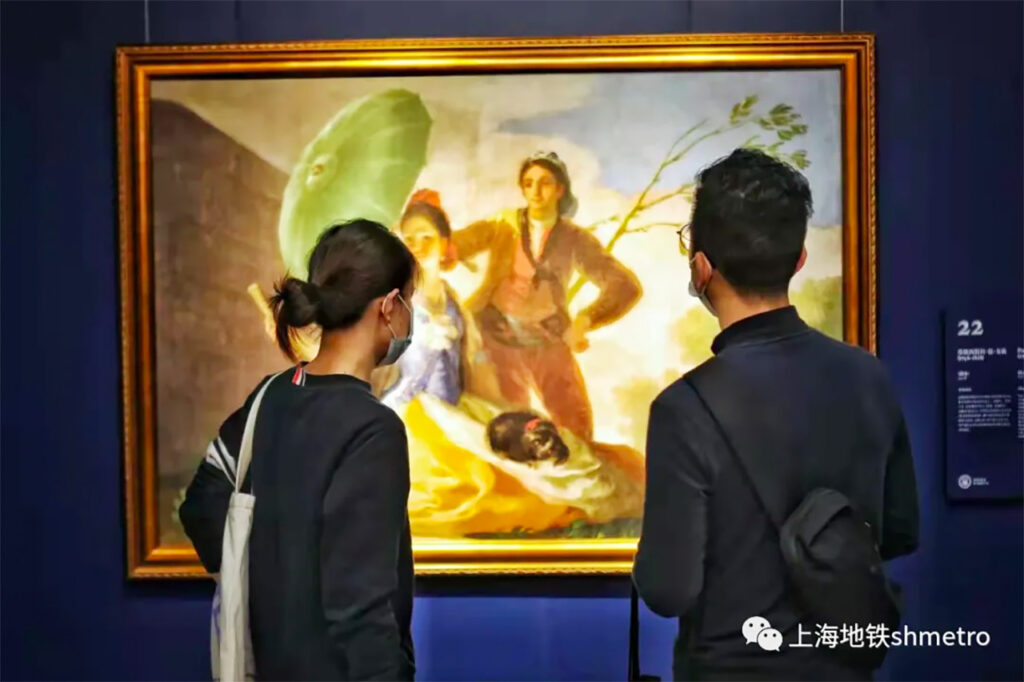
The Prado Museum pop-up exhibition at the Longhua Metro Station in Shanghai. Image: @shmetro on WeChat
Special mention: The Prado Museum’s pop-up exhibition, Encounter The Prado, at Shanghai’s Longhua Metro Station, the result of a collaboration between the Milan institution, the Spanish Embassy in China, the Instituto Cervantes, and Turespaña.
Our most popular articles on China outreach:
1. Suning Art Museum And Art Institute of Chicago Co-Launch Online Exhibition
2. “More Relevant Than Ever”: Behind The Biggest Andy Warhol Exhibition In China
3. Inside the Centre Pompidou and Fliggy’s Livestream Partnership
Boosting with technology

Samsung’s Art Store now includes paintings from the Louvre collection, including “Mona Lisa” and “The Wedding Feast at Cana,” as well as photos of the Louvre galleries and museum grounds. Image: Samsung
Our first year-end round-up of culturetech innovations already arrayed a number of significant unions between museums and technology companies — from the Metropolitan Museum of Art’s team-up with Verizon for The Met Unframed to LACMA’s ongoing partnership with Snap — but wait, there’s more.
Unique museum and tech collabs abounded in 2021: Samsung sought out the Louvre to bring 40 of the museum’s works into its Art Store, the Sanxingdui Museum tapped Tencent to extend its IP, and the Met landed Instagram as a key sponsor for its annual fundraiser. More recently, Henan Museum partnered with Alipay to virtualize its wildly popular archaeological blind boxes on a Mini Program. As Alipay’s Nicole Wang said of the museum’s intent, “They are interested in leveraging innovative solutions to engage young audiences and popularize art.”
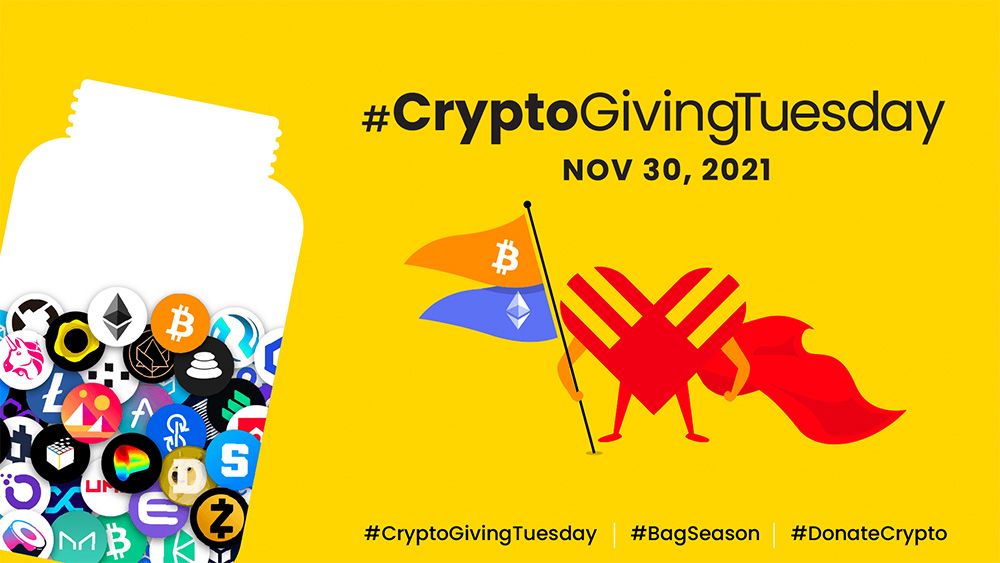
The Giving Block’s 2021 #CryptoGivingTuesday campaign saw 1,007 participating non-profits and the number of crypto gifts growing by a whopping 583 percent. Image: The Giving Block
Special mention: Crypto donations platform The Giving Block’s latest partnership with the Museum of Chinese in America, which would enable the institution to accept up to 40 cryptocurrencies as forms of donations.
Our most popular articles on museum and tech partnerships:
1. Enter The New Dimension In Digital Engagement: Holographic AR
2. Inside Occupy White Walls And Birmingham Museums’ World-Building Partnership
3. Tencent And Dunhuang Research Institute Commemorate Cultural Heritage With NFTs
Licensing culture
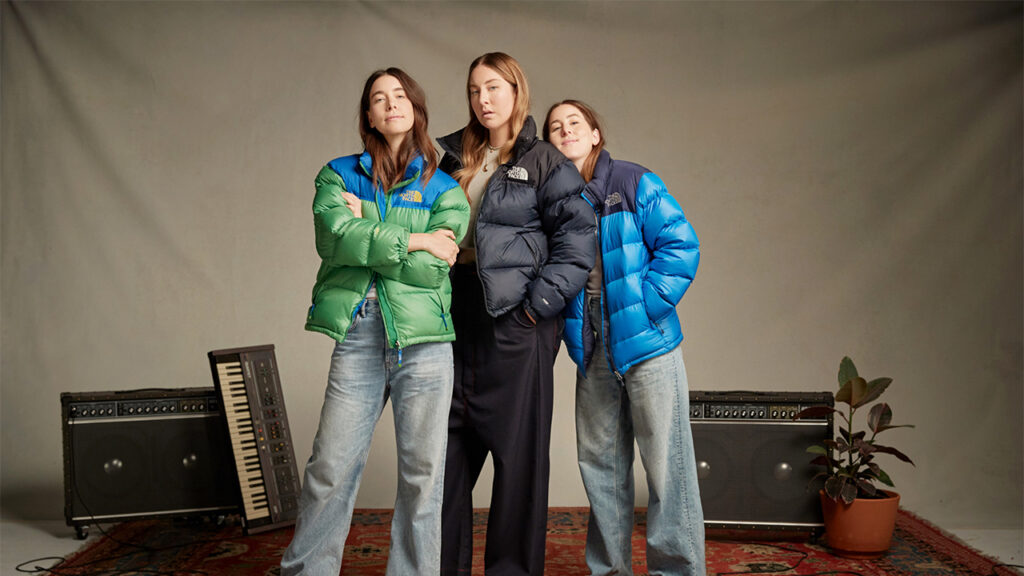
The North Face’s It’s More Than a Jacket campaign, featuring Haim, which launched the brand’s collaboration with SFMOMA. Image: The North Face
No surprise: cultural organizations and brands continued to enjoy a healthy relationship over the past 12 months — a bond that allowed them to broaden their storytelling reach and demographics.
The year saw pairings between ART021 and NET-A-PORTER, X Museum and Polestar, and the abovementioned Louvre Abu Dhabi and Richard Mille, which were aimed at platforming emerging artists. But also, collaborations were established between the San Francisco Museum of Modern Art and the North Face to build the activewear brand’s digital archive, and between the Van Gogh Museum and DHL for a unique, lockdown-era shopping experience.

POP MART’s Keith Haring Edition, realized in partnership with Artestar. Image: POP MART
Chiefly, though, it was the clutch of collaborations formed in the name of cultural licensing that dominated our headlines in 2021. Licensing agencies such as Artestar, which oversaw POP MART’s recent Keith Haring edition, and ARTiSTORY, with whom the Museum of Fine Arts Boston and Taipei’s National Museum inked deals this year, have emerged as torchbearers on the cultural IP landscape. Meanwhile, other notable IPs, like that of Nintendo and its powerhouse property Pokémon, are winding their way into the museum sector.
Besides documenting the flourishing cultural IP space, Jing Culture & Commerce also released How Museums Can Tap Into China’s Thriving Licensing Landscape, a report that delves into IP-centered partnerships between global institutions and master licensees, and their role in helping museums navigate and leverage China’s cultural retail environment.
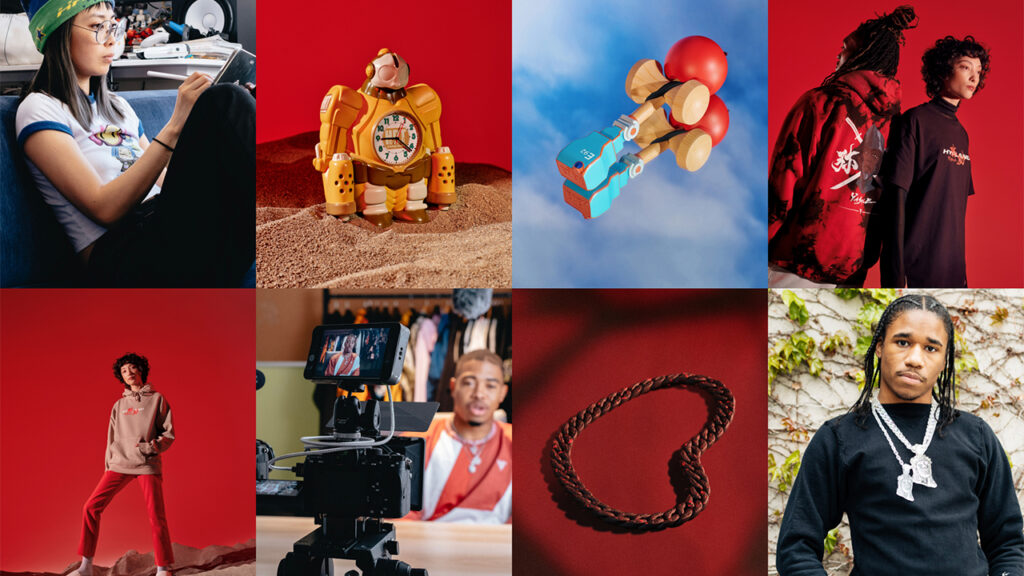
With the launch of Netflix.shop, the streamer is showing a willingness to grow the parameters of its IP in multiple directions. Image: Netflix
Special Mention: Netflix, which, following its partnership with the Brooklyn Museum for The Queen and The Crown, made the most of its blossoming IP — first, with the launch of its e-commerce store, then with its many pop-up exhibitions centered on its global smash, Squid Game.
Our most popular articles on cultural licensing:
1. Netflix Banks On Its Squid Game IP With A Pop-Up Installation In Seoul
2. How Cultural IP Is Transforming The Museum Sector
3. Museums, It’s Time To Up Your Merchandise Game, Says Rome Pays Off

